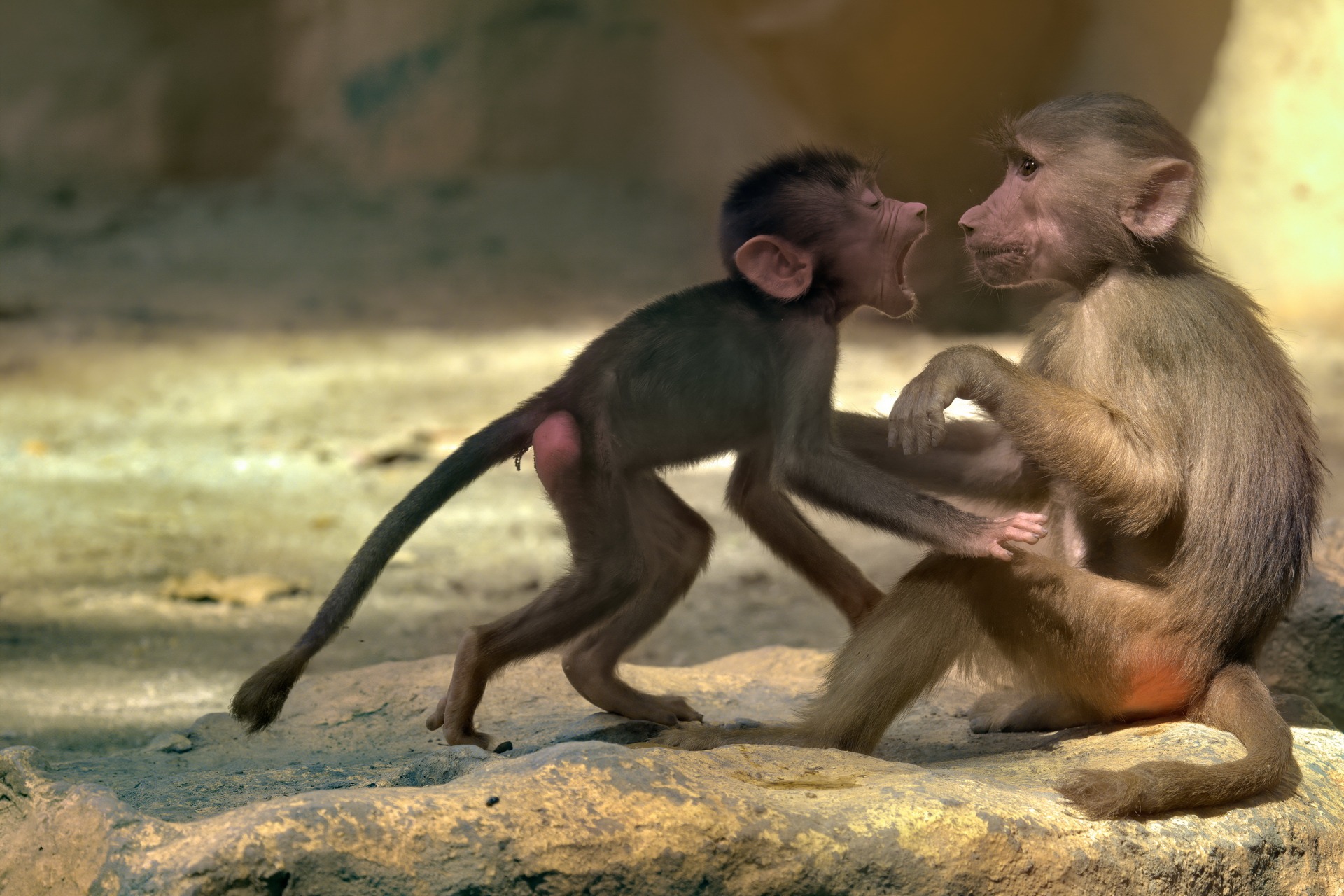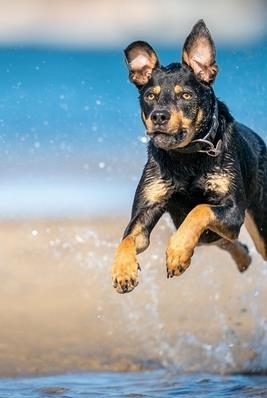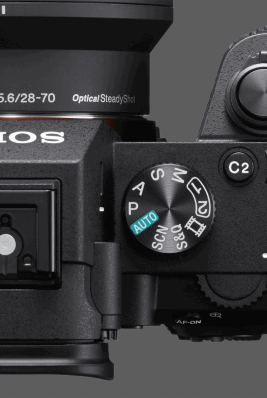By Julian W
Without a doubt, wildlife photography is one of the most difficult genres to master. At some point, you may come across photographers who share about the "ones that got away." This constant, elusive pursuit of landing the next great shot is what makes wildlife photography so challenging, yet rewarding.

Studying animal behaviour can help you to anticipate and predict the interaction between your subjects.
In most instances, photo opportunities of wildlife are gone in a flash. Hence, there is little room for error, especially for shots of animals displaying a desired behaviour or action. While patience, persistence and a little luck are helpful, they are just a part of the equation to achieve great results.
Equipping yourself with a capable camera built specifically for this purpose would dramatically increase your chances of landing the desired shots. I recommend Sony’s Alpha 9, paired with the right lenses such as the FE 100-400mm f/4.5-5.6 GM OSS.
It is important to know your gear and understand the behaviour of your wildlife subject so that you know where to position yourself to take aim.

Get down to your subject’s eye level to capture a more personal shot.
In these unprecedented times when travelling overseas is hardly possible, I made the Singapore Zoo my photography playground. It is where I get my regular dose of wildlife photography and polish my skills in the process.
Contrary to popular belief, zoo photography is more challenging for wildlife photographers. Although the animals are always there, it is difficult to photograph them naturally due to their simulated environment. Animals in the wild are constantly looking out for danger, so they remain alert. The residents at the zoo, on the other hand, look extremely relaxed as safety and their next meal are no longer linked to survival. Therefore, it is tougher to capture inspiring shots of zoo animals in their natural state.

Always lock focus on your subject with the camera’s settings ready.

Using a shallow aperture (eg. F5.6) keeps your focus on the most important part of the photo.
With that said, this is where the knowledge of wildlife and your equipment comes into play.
For starters, make sure your camera is on the correct settings. Visiting during feeding time would also make your photo trips to the zoo more productive. Wildlife action usually happens in a blink of an eye. A suggested tip is to set your camera on Continuous AF mode, with the drive mode on the continuous “H” setting. This combination of settings would prepare you for fleeting moments.
When I spot potential scenarios of action-packed moments, my Alpha 9 is ready on “S” (shutter priority) mode, and a shutter speed of 1/2000s fixed for starters. Anticipation is key here. Seconds before the action occurs, I would hold on to my shutter and utilise the 20 frames per second (fps) of the camera to increase my chance of landing a shot of the perfect moment. My Alpha 7R III is also always by my side. It is usually set on “A” (aperture priority) mode so that I can switch when the need arises.

Visit during feeding time for great photo opportunities.

Use the right telephoto lens to isolate your subject from the background, and to achieve a pleasing composition of your subject.
Speaking about shutter speed, one of the more common issues wildlife photographers face is how to get enough light into the camera while using a fast shutter speed. Generally, you would want to be using a shutter speed between 1/1000s to 1/4000s to freeze any potential action.
With a shutter speed of anything slower than 1/500s, there is a likelihood of blurry images due to moving subjects, handholding the lenses or environmental vibration. To attain maximum subject sharpness, I would normally stop down my lens to F8 or even F11 for my aperture setting. Since a fast shutter speed and a smaller aperture are used, you will likely need to bump up your ISO to 1600 or even higher. Personally, I use Auto ISO as default and set a range between 100 to 6400 on my Alpha 9 and Alpha 7R III.

Reading up extensively on your subject gives you higher chances of capturing a rare shot, as illustrated by this shot of a “smiling zebra”.
It is worth to note the Animal-Eye AF feature has made autofocus quite a breeze. Although it would only work with certain kinds of animals, such as cats, dogs and apes, I am sure that improvements are underway to encompass more species. It is indeed a wonderful feature that helps to locate the eyes of your animal subject, before locking focus to ensure that the eyes remain sharp in the resulting photo. Do note to ensure the camera is in Continuous AF mode with the Wide focus area setting to utilise this feature.
With the camera settings out of the way, it is important to pay special attention to the lighting and background of your shots. Leave out any man-made structures like hot wires, fencing or concrete slabs for a more natural look.

Wait for that moment when the animal is looking at the camera. It helps to connect your viewers to the shot.
In conclusion, if wildlife photography is your interest, please remember to stay alert and get your camera ready with the recommended settings. Read up as much as you can about the animals so that you can anticipate their behaviour better. It is imperative to respect your subjects and minimise the disturbance your presence may cause.















